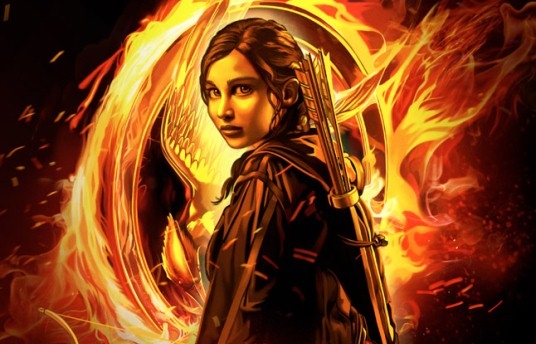Transmedia Production
Sep 24, 2012

By Reem Shaddad
New York, Tribeca, Sundance, Austin, Sheffield and others have recently introduced a new festival category in which transmedia producers can compete in the realm of multi-platform storytelling.
Transmedia productions are now working towards eliminating the concept of linear, or traditional, storytelling. Filmmakers, artists, musicians and, most importantly, authors are getting armed with the tools to diversify the ways in which an audience can become immersed in a story, myth or ideology.
But concerns about the new methods are worrying some filmmakers, making the embrace of transmedia storytelling a slow and laborious process. This is not a new phenomenon, though; the first recorded transmedia campaigns date back to the mid-eighties with the introduction of Alternate Reality Games. Those opposing transmedia today accuse it of being a marketing tool, as opposed to storytelling’s partner that helps enrich user and audience experiences.
What is transmedia?
Transmedia blurs the lines between the author’s vision and the audience’s reality. It is the extension of a narrative through film, music or gaming where alternate storylines, character profiles and interactive capabilities are explored.
These elements are displayed through an interactive medium – from the traditional newspaper, radio or television to the internet and mobile-for fans to further engage in the world of the writer and the original story. After the story hits alternative waves, it can also translate into the physical or, ‘real’ life.
Case Studies
Transmedia can work to sustain interest where visual material from films, television series or games, are lifted from existing written content with a pre-developed fan base. For example, in ‘The Hunger Games’ an maze of websites was created, enabling users to register themselves as citizens of fabled city ‘Panem,’ and giving them the tools to become more familiar with the storyline than ever before. The power of transmedia storytelling can also be used to boost fan loyalty through interactive methods, where pre-existing concepts may not be available, for example building on the ideology of man versus robot for ‘A.I.: Artificial Intelligence’ (Brian Aldiss’s short story ‘Super-Toys Last all Summer Long’ on which the film was based did not warrant an enthusiastic response). Radio shows, ‘real-life’ oratory and hundreds of fake websites were set-up with the core message of combating the new pests of society, which in the case of “‘A.I.’ was the man-made robot army. These methods help create a connection between the audience and characters’ storylines, enabling a deeper emotional bond without revealing spoilers.
The best examples of sustaining fan interest pre-project launch include Christopher Nolan’s ‘The Dark Knight’ and HBO’s medieval fantasy series ‘Game of Thrones’. With ‘The Dark Knight’ fans of the original Batman were lured into the Joker’s world and implored to join the Joker’s army. The campaign encompassed online and real-life elements, with dozens of websites, rallies and even phones planted in cakes to evoke the feeling of a corrupt Gotham. The result was the immersion of hundreds of thousands of fans, evident through countless blog posts, fan videos and even news reportage based on the physical interpretations of the campaign occurring in and around New York City.
With the ‘Game of Thrones’ campaign, fans of George R. R. Martin’s ‘A Song of Ice and Fire’ book series were given the opportunity to live vicariously through multiple websites, Facebook fan pages and online games. To set Chinese whispers afloat, the teasers kicked off with a subtle yet effective package of ‘smells of the realm’ sent via traditional snail mail to the book series fans, who were also seen by the campaign creators as online influencers. That tactic set hundreds of bloggers in motion, with millions of fans anticipating bigger things to come including the series itself, which had not been announced by then. Storylines were introduced online, with the chance to pledge allegiance to the ‘wintry North’ or the ‘sultry South’ and become a part of the realm’s battles.
The most viral and original though, still considered the symbol of transmedia success, is the campaign for ‘The Blair Witch Project’ Although not the first of its kind, it set a high benchmark with found footage films (which exemplified the use of almost completely raw ‘looking’ footage) in 1999, leading the way for future successes in the genre, such as Spanish horror ‘REC’, Matt Reeves’s ‘Cloverfield’ and Oren Peli’s shocker ‘Paranormal Activity’. An entire fictional history of the Blair Witch characters, due soon on the big screen, was created online. In the days before Facebook, fake Halloween photos scared and high school pages emerged online from nowhere, allowing for a morbid attachment to be created. Before the film’s release, the boundaries between fiction and reality were blurred. Is this a fad?
The future belongs to burgeoning technology and the digital arena.. With the means to engross, capture and retain the excitement of audiences across the world through developing methods, through online and tangible, physical elements, transmedia production is slowly reaching its full potential as a legitimate and necessary arm of the film industry. Any project with storytelling at its heart can, and should, benefit.